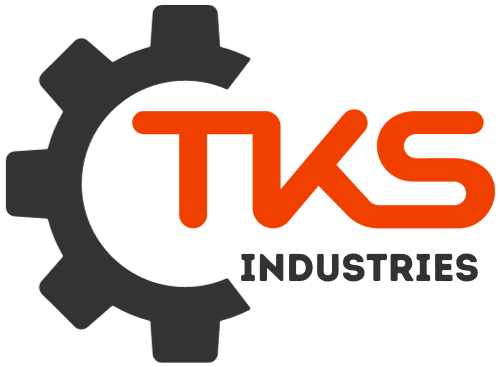[ad_1]
The Ultimate Guide to Building a Machine
Building a machine is a complex and challenging task that requires a deep understanding of mechanical engineering, electronics, and programming. However, with the right guidance and resources, anyone can build a machine that can perform a specific task or function. In this article, we will provide a comprehensive guide on how to build a machine, from conceptualization to deployment.
Step 1: Define the Purpose and Scope of the Machine
The first step in building a machine is to define its purpose and scope. What does the machine need to do? What tasks or functions does it need to perform? What are the specific requirements and constraints? Answering these questions will help you to identify the key components and features that the machine needs to have.
Step 2: Design the Machine
Once you have defined the purpose and scope of the machine, it’s time to design it. This involves creating a detailed blueprint or prototype of the machine, including its mechanical, electrical, and software components. You will need to consider factors such as the machine’s size, shape, and layout, as well as the materials and components that will be used to build it.
Step 3: Choose the Right Materials and Components
The choice of materials and components will depend on the specific requirements of the machine. For example, if the machine needs to operate in a harsh environment, you may need to choose materials and components that are resistant to corrosion or extreme temperatures. Similarly, if the machine needs to be portable, you may need to choose lightweight and compact components.
Step 4: Build the Machine
Once you have designed and selected the materials and components for the machine, it’s time to build it. This involves assembling the mechanical, electrical, and software components, and testing the machine to ensure that it functions as intended.
Step 5: Test and Debug the Machine
Testing and debugging the machine is a critical step in the process. This involves identifying and fixing any errors or defects that may have been introduced during the construction process. You will need to test the machine in a variety of scenarios and environments to ensure that it functions correctly and reliably.
Step 6: Deploy the Machine
Once the machine has been built and tested, it’s time to deploy it. This involves installing the machine in its intended location, and configuring it to operate in the desired way. You may also need to provide training and support to users who will be operating the machine.
Common Challenges and Solutions
Building a machine can be a complex and challenging process, and there are many common challenges that you may encounter along the way. Here are a few examples of common challenges and solutions:
- Design and construction errors: These can occur when the machine is designed or built incorrectly, leading to errors or defects in its operation. Solution: Carefully design and build the machine, and test it thoroughly to ensure that it functions correctly.
- Component failure: Components can fail due to a variety of reasons, including wear and tear, environmental factors, or manufacturing defects. Solution: Choose high-quality components, and implement redundancy and backup systems to minimize the impact of component failure.
- Maintenance and repair: Machines require regular maintenance and repair to ensure that they continue to function correctly. Solution: Develop a maintenance and repair plan, and provide training and support to users who will be performing these tasks.
Conclusion
Building a machine is a complex and challenging process that requires careful planning, design, and construction. By following the steps outlined in this guide, you can ensure that your machine is built correctly and functions as intended. Remember to test and debug the machine thoroughly, and provide training and support to users who will be operating it. With the right guidance and resources, anyone can build a machine that can perform a specific task or function.
[ad_2]
